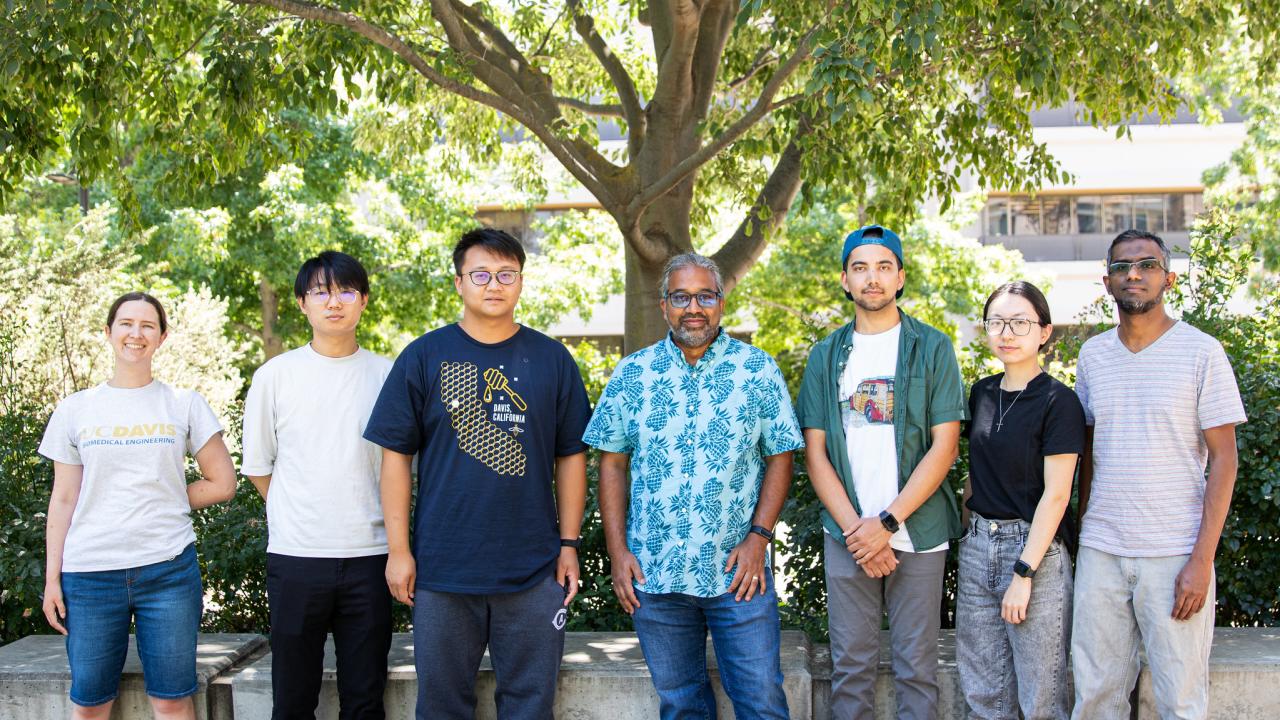Future treatments for advanced cancer could work by sticking cancer cells in place and preventing their spread around the body. A new study by researchers at the University of California, Davis, and the University of Washington shows how an antibody strengthens bonds between cells. The work is published Aug. 3 in Proceedings of the National Academy of Sciences.
The monoclonal antibody 19A11, developed by Professor Barry Gumbiner at the University of Washington and Seattle Children’s Research Institute, binds E-cadherin, a protein that helps cells stick together, especially in epithelial layers that line the skin, the gut and other organs. Cadherins and other adhesion molecules are important for maintaining the structure of vessels and preventing cancer metastasis, as well as playing a role in inflammation and related conditions such as Crohn’s disease and inflammatory bowel disease.
Researchers have previously found that treatment with 19A11 can prevent spread of lung cancer cells in mice.
Bin Xie, graduate student in biophysics, Professor Sanjeevi Sivasankar, Department of Biomedical Engineering, and colleagues at UC Davis and in Seattle, carried out detailed studies of how 19A11 binds to E-cadherin. Using X-ray crystallography, they found that the antibody binds E-cadherin near the site where it attaches to another E-cadherin molecule. With a combination of simulations and atomic force microscopy, they showed that 19A11 has two binding modes, one of which increases the adhesive strength of E-cadherin. That increased adhesion comes from the formation of a type of chemical link called a salt bridge between the molecules.
By better understanding how this antibody can increase stickiness between cells, the researchers hope to find ways to design even more effective treatments along the same lines.
Additional authors on the paper are: Andrew Priest at UC Davis; Allison Maker, Seattle Children’s Research Institute and University of Washington; David Dranow, Jenny Phan and Thomas Edwards, Seattle Structural Genomics Center for Infectious Disease and UCB Pharma; Bart Staker and Peter Myler, Seattle Structural Genomics Center for Infectious Disease and Seattle Children’s Research Institute. The work was partly supported by grants from the NIH and used resources of the Advanced Photon Source, a U.S. Department of Energy (DOE) Office of Science User Facility operated by Argonne National Laboratory.
Media Resources
Read the paper (PNAS)
Media Contacts:
- Sanjeevi Sivasankar, Biomedical Engineering, ssivasankar@ucdavis.edu
- Andy Fell, News and Media Relations, 530-304-8888, ahfell@ucdavis.edu
